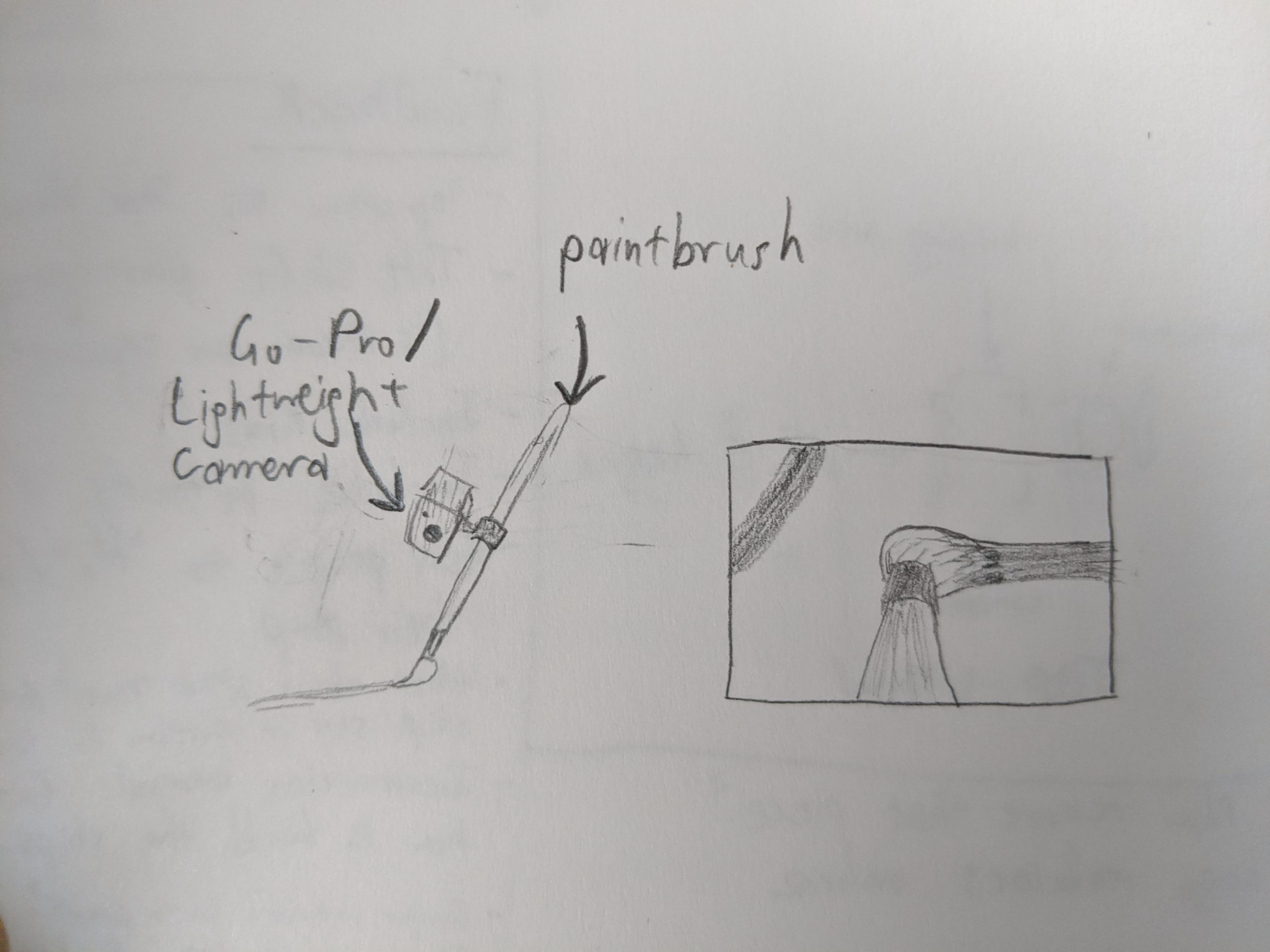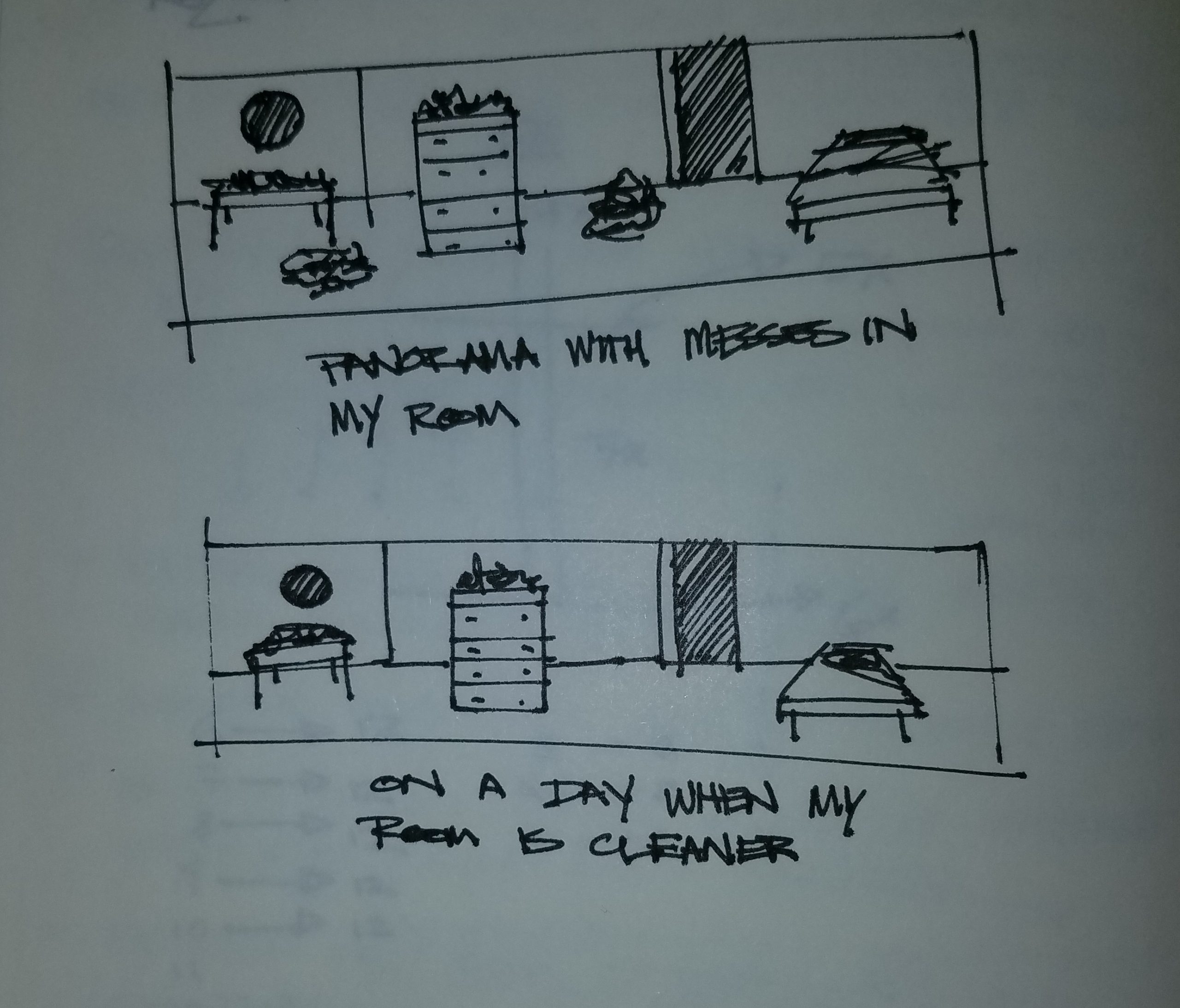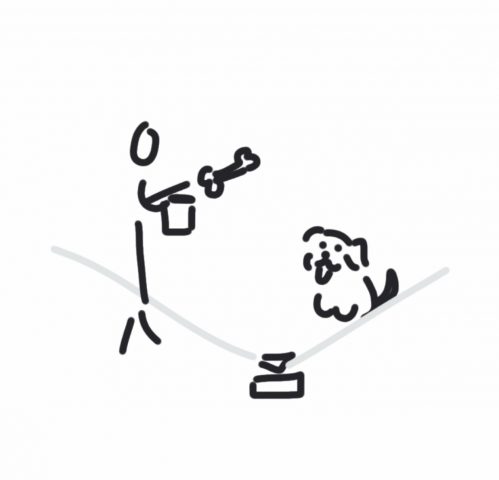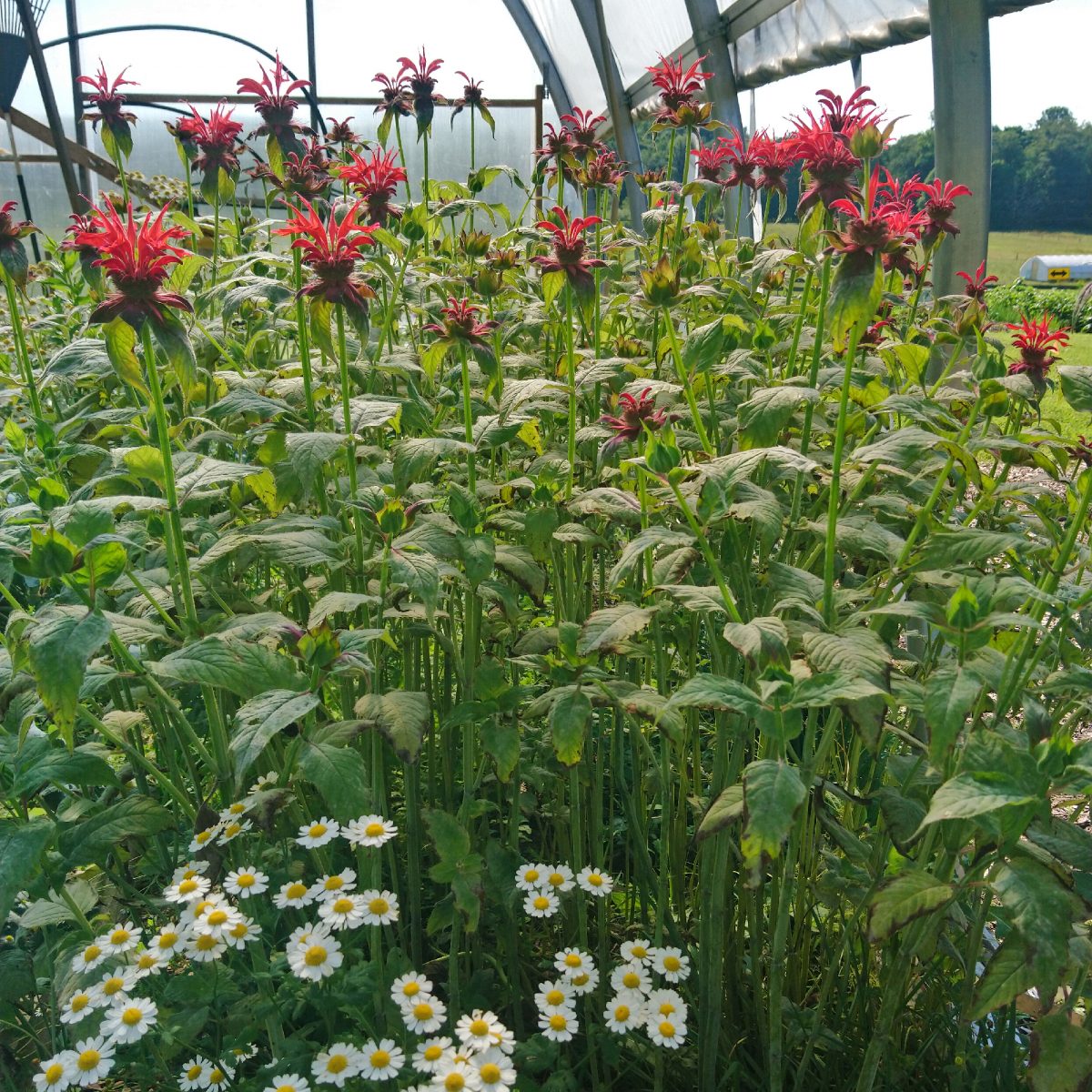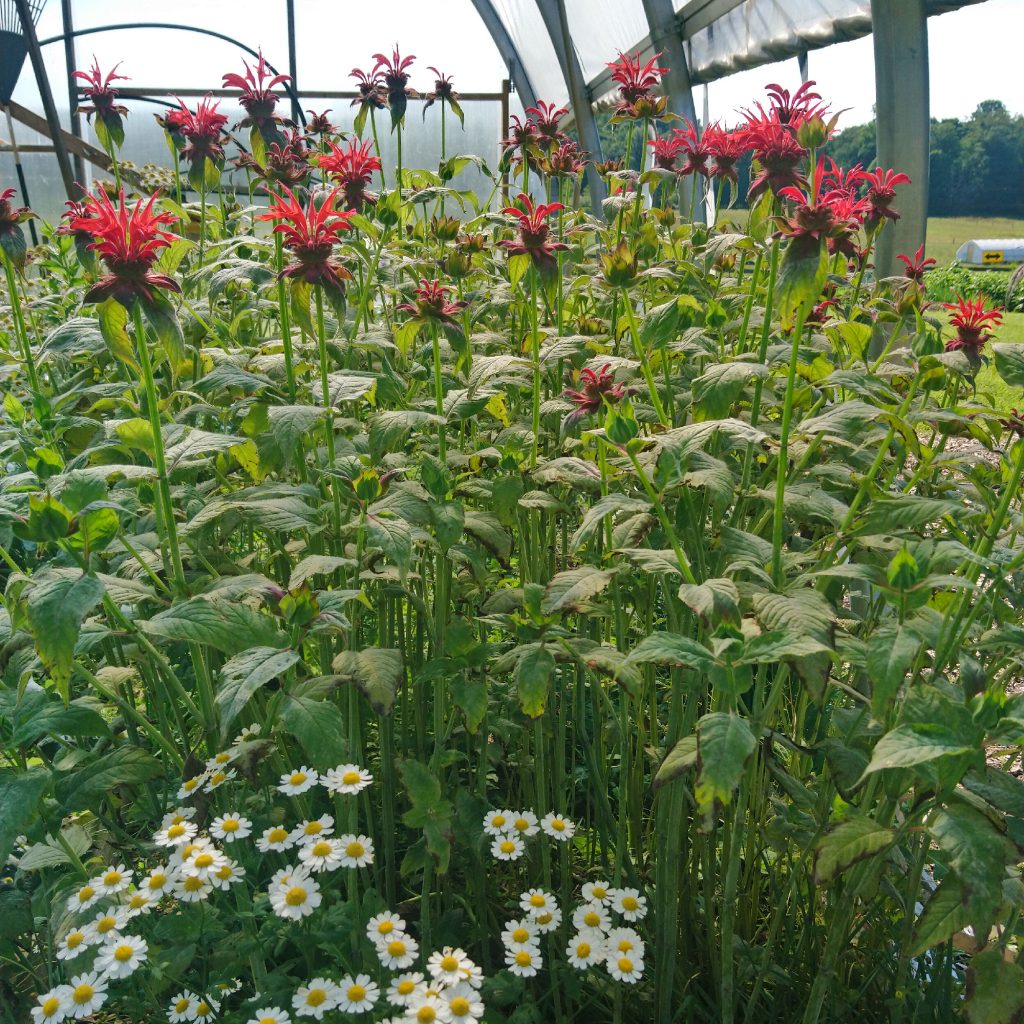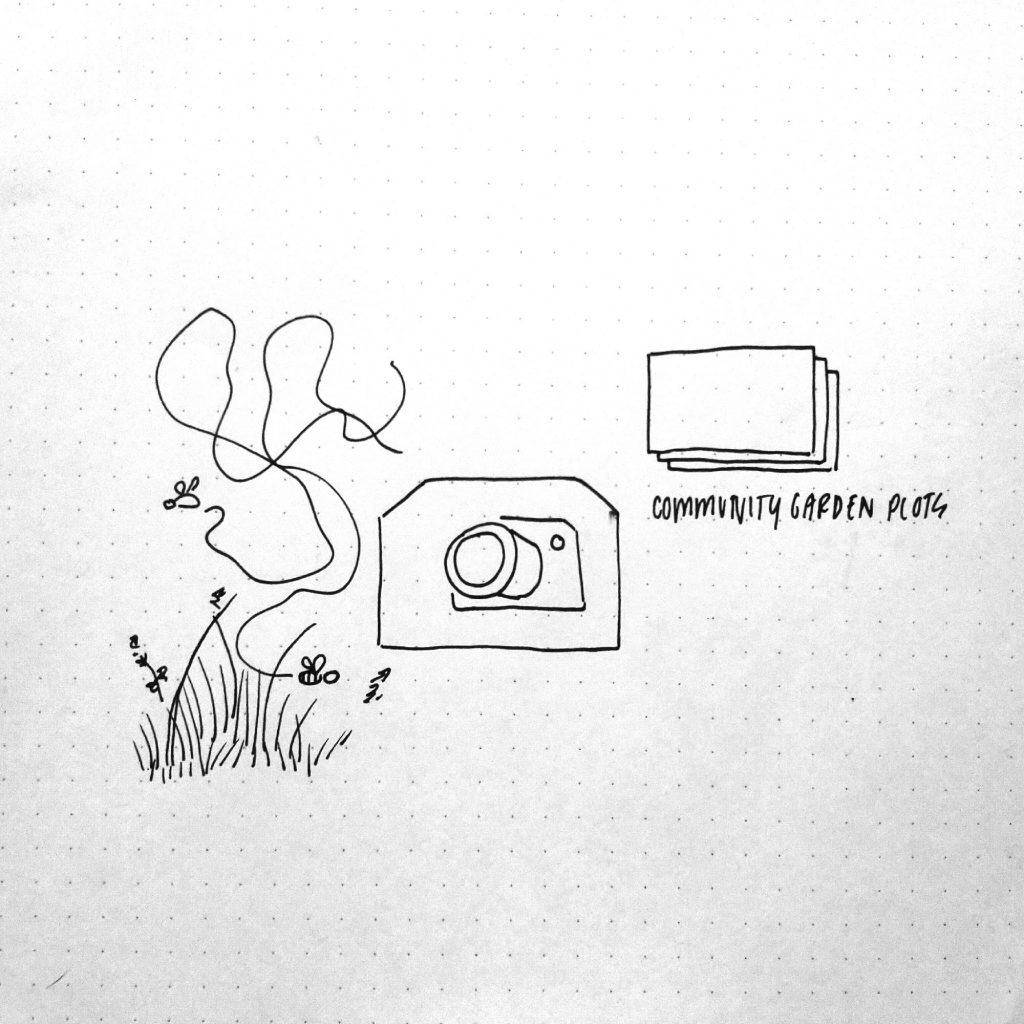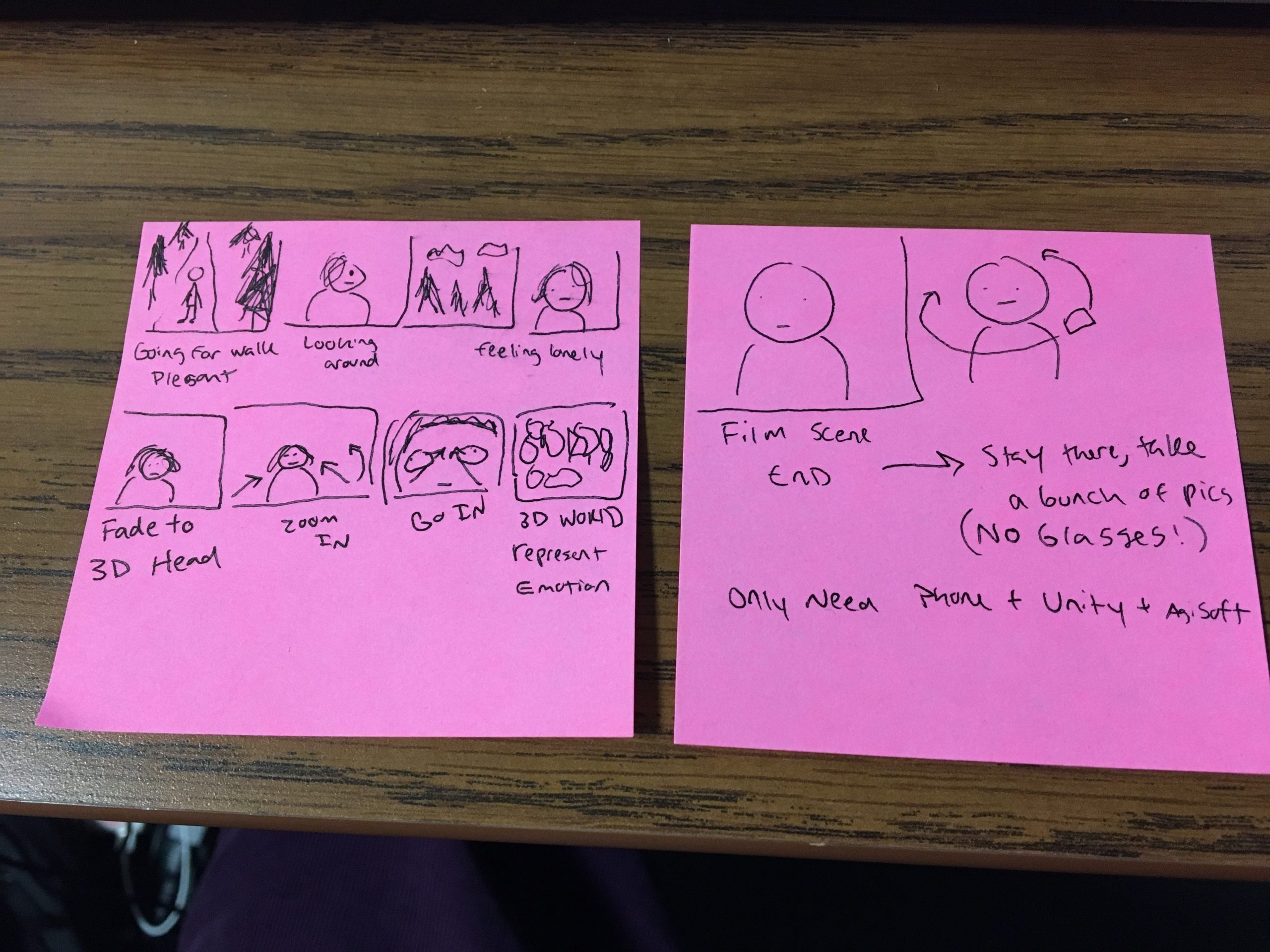I was inspired by some of the moving camera projects, especially the one with the camera on the shovel. It’s such a simple concept that still provided an interesting (and enjoyable) perspective on a common tool. This got me thinking of other tools/devices I’d like to mount a camera to:
- A hammer – I think it would be really delightful to repeatedly slam the viewer down towards a surface. As long as one could effectively stabilize the camera.
- A pottery wheel – I thought it would be fun to watch a lump of clay sitting still in front of your be transformed by a rapidly spinning hand. And apparently, I’m not the only one who thinks so, because this one has been done by Eric Landon. It’s a pretty neat video!
- A paintbrush – This idea kind of reminds me of the interactive art project from last spring where you could draw with a stylus and “ride” it in real time with a VR headset. That really let you imagine yourself as one with your own writing instrument. But I think it could be differently informative to look down the handle of a paintbrush with a regular camera. You could watch the bristles as they are dunked into paint and rubbed across the paper in different directions. I think that moving camera would be interesting to apply to this subject because we are so used to thinking of painting/drawing as a person moving their tool across a surface. If the surface is the thing moving, would people watching be able to identify what is being painted? It could also help some people appreciate the differences in brushes and painting techniques more, by highlighting how some bristles are more flexible or more absorbent. Maybe I just still have typologies on the brain, but a set of recordings with different brushes and different paints or papers could be very interesting.
